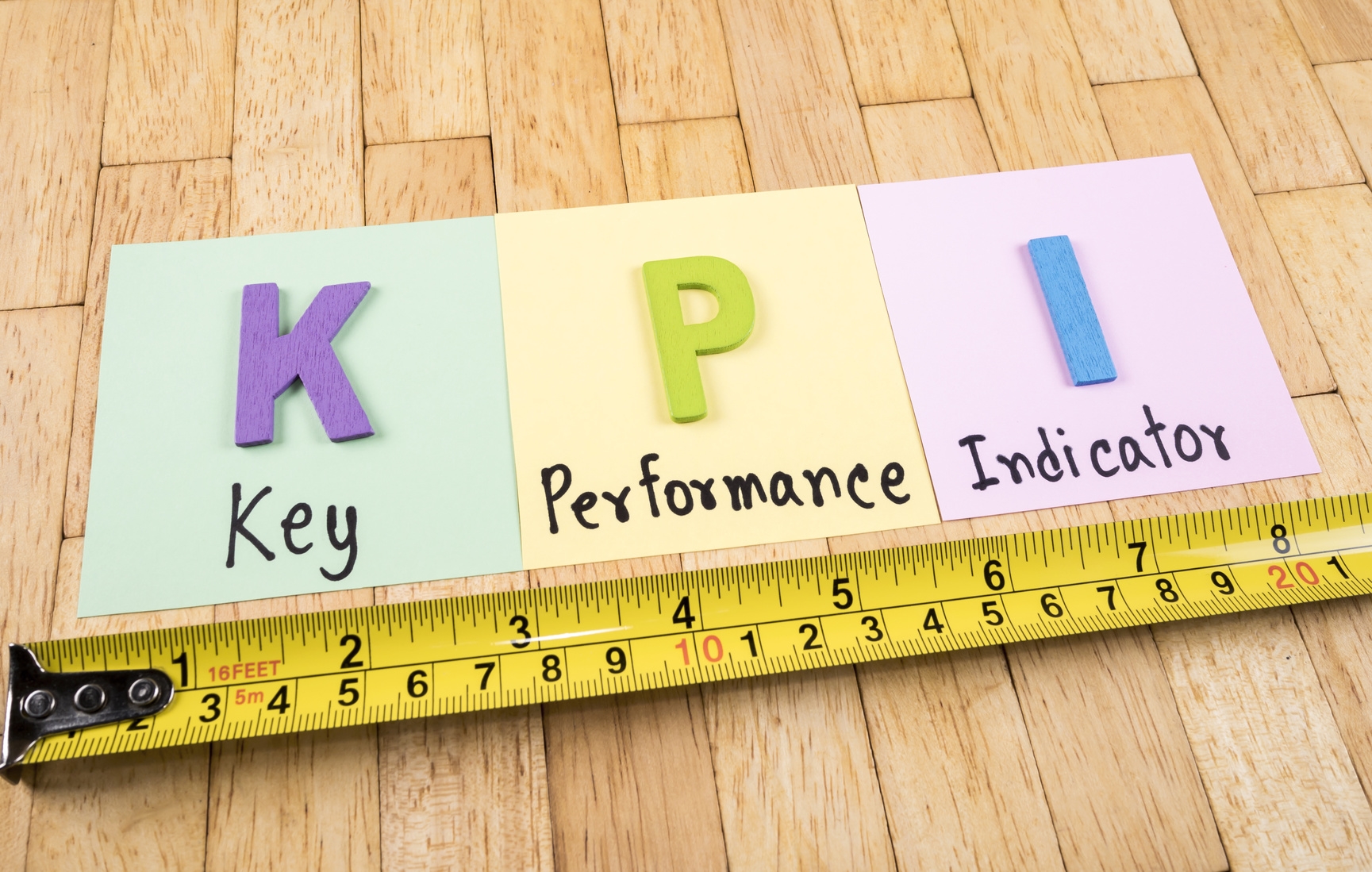— September 19, 2018

What does success mean? From an organization’s standpoint, success is executing your strategy and achieving your goals, whatever they may be. There are many steps along that yellow-brick road, but two of the most important are picking and tracking your KPIs. Here’s how to do that:
Step #1: Choose Your KPIs
KPIs are key performance indicators—your primary or strategic measures. (Your organization will have other measures it uses for operations and transactions, but those should be differentiated from what are considered key measures.) Here’s how to pick strategic KPIs:
Link to organizational goals.
Organizational goals are typically found in your strategic plan and provide the main structure for that plan. You should have one to two KPIs (measures) for each goal. If you find that you have five to seven measures for a particular goal, the goal might not be clear enough to drive strategic change. To stay focused and effective, limit your total strategic measures to 25 maximum. You may have a different set of contributing KPIs for each department, so don’t worry about trying to run your entire organization on 25 measures. All of your KPIs should link directly or indirectly to your organizational goals.
Consider leading versus lagging measures.
At the highest level of an organization, there are leading and lagging measures (otherwise called drivers and outcomes, respectively) between perspectives. In a for-profit company, measures related to processes and people/culture are leading measures; those related to customers and finances are lagging measures. For example, writing blogs is a leading measure whereas number of customers is a lagging measure.
In some cases, you might not be sure whether you should track the leading or lagging measure within a particular activity. The rule of thumb is to use lagging KPIs if you’re unclear about the way to achieve the goal and want to encourage innovation in activities and processes. Use leading KPIs if you know which specific activities will drive the desired outcome.
For example, if your organization wants to increase sales demos, the lagging indicator is the number of sales demos; the leading indicator (the driver of the lagging indicator) is the number of calls made to new prospects. If you aren’t sure what will lead to more sales demos, track the number of demos. After a period of time, analyze all the different methods used to schedule a demo, whether that’s calls, emails, online advertising, or renting billboards. When you do know that more calls results in more demos, track the number of calls. In short, it makes sense to determine which KPIs drive results before you track them.
Set targets.
The typical strategic planning cycle is three to five years. Set targets for your KPIs so they mirror the planning cycle. What can be accomplished in the next five years? In the next year? Start long term and work backwards to the shorter term, immediate targets. Remember that your targets and KPIs should be aligned. You should be wary of conflicting targets, such as increasing your budget and team to expand capabilities on one hand, and implementing a budget freeze to control costs on the other.
Step #2: Track Your KPIs
When you first begin tracking your KPIs, it’s a good idea to use a manual tool like Microsoft Excel. Odds are both your data and the way your leadership team wants to view it will change. For example, would you rather see year-to-date sums or averages? If the marketing department collects data in one way and the sales department in another, which is the source of record? Think of Excel as your prototyping tool—it gives you the chance to ask questions and refine the formula for how you want to track your KPIs.
When the formula for your data solidifies, you’ll move on to these next two phases:
Pull data from the source of record.
It’s most efficient to get data directly from its source, and there will be a host of different sources you’ll pull from. Data may originate in an HR system, a finance system, or a process or transactional system. Important note: Work to ensure the information is accurate in your source systems so the pulled data is clean. It’s time consuming to correct data after the fact and very tricky to maintain a manual process of massaging the data to fit your reporting scheme.
Centralize data in KPI software.
The original data will likely always live in its source systems, which are built for unique purposes (or departments) and can’t be combined. But the data needs somewhere to go after it’s pulled, and that should be KPI software. Upgrade from a manual process and invest in a system that’s built to perform strategic management functions such as tracking KPIs. A centralized tool will prevent version control problems and other collection challenges. Plus, you’ll have a system that can track the performance of your goals, projects, and tasks in addition to your KPIs.
To wrap up, it’s smart to pick and choose—and now, track—your battles. Choosing KPIs that tie to your organizational goals and have proven to get results, and then tracking them with technology that automates and centralizes your data will put you on the road to success.
Business & Finance Articles on Business 2 Community
(67)








